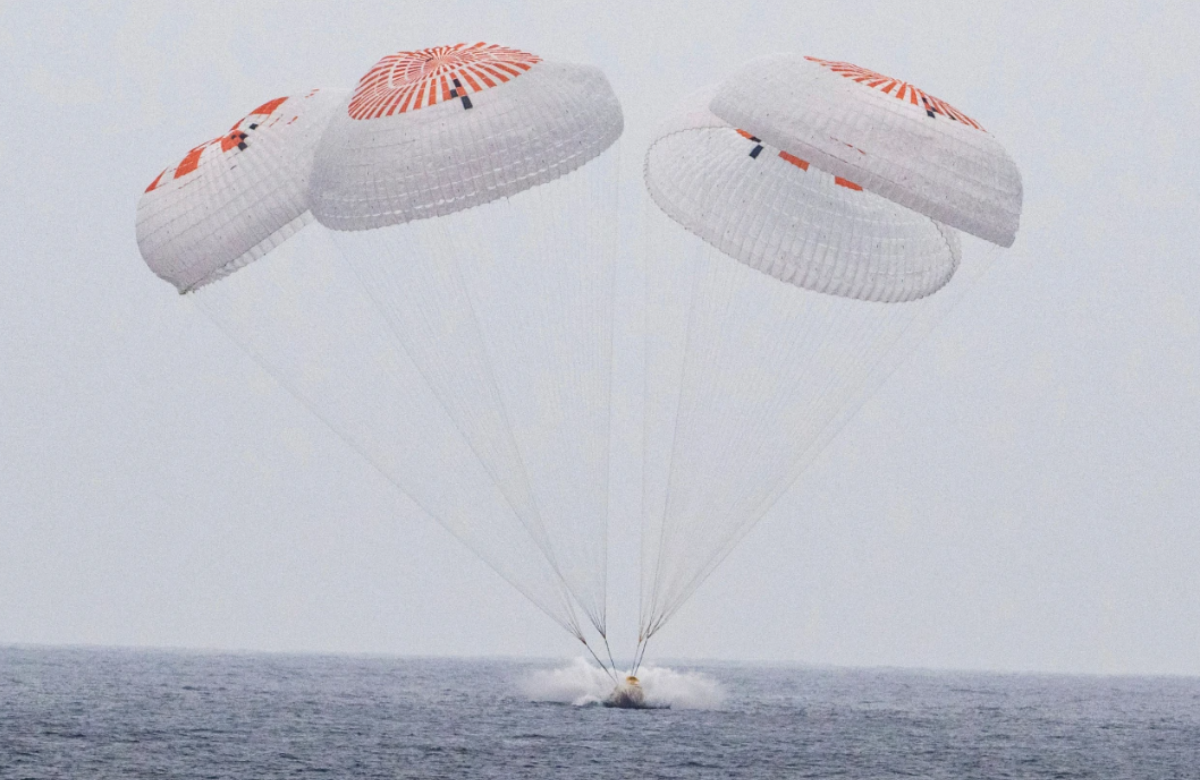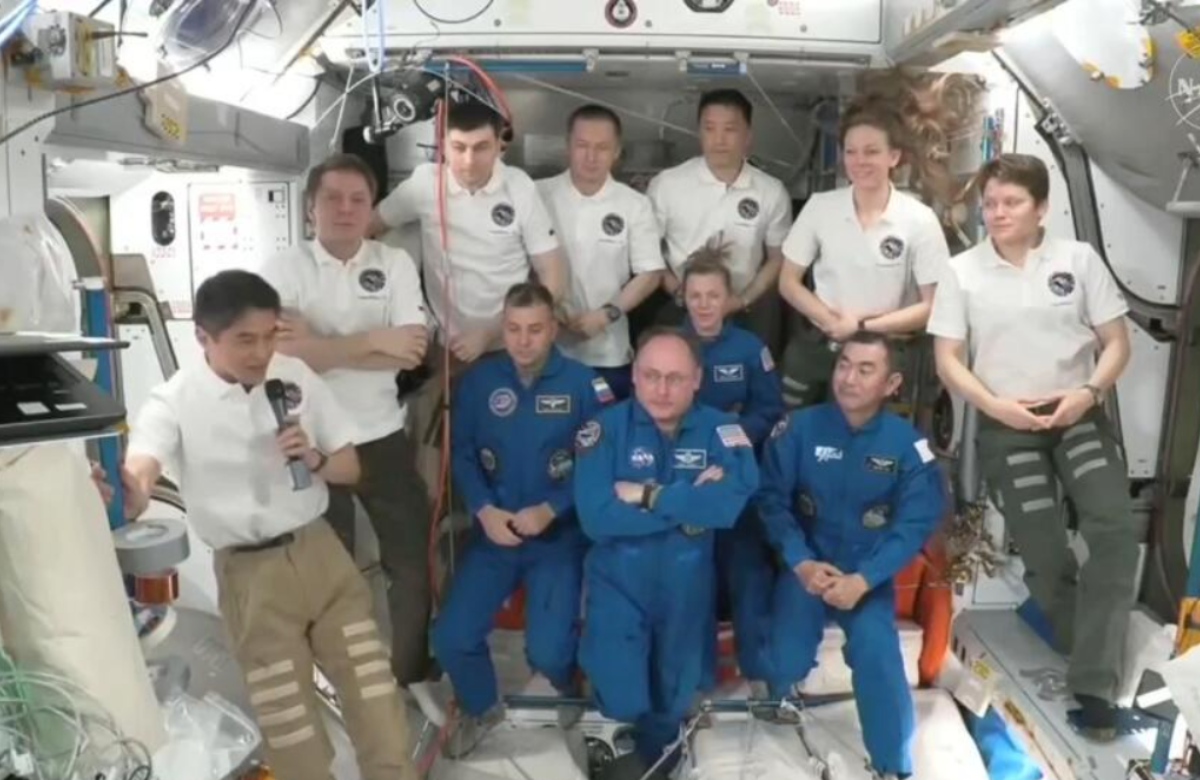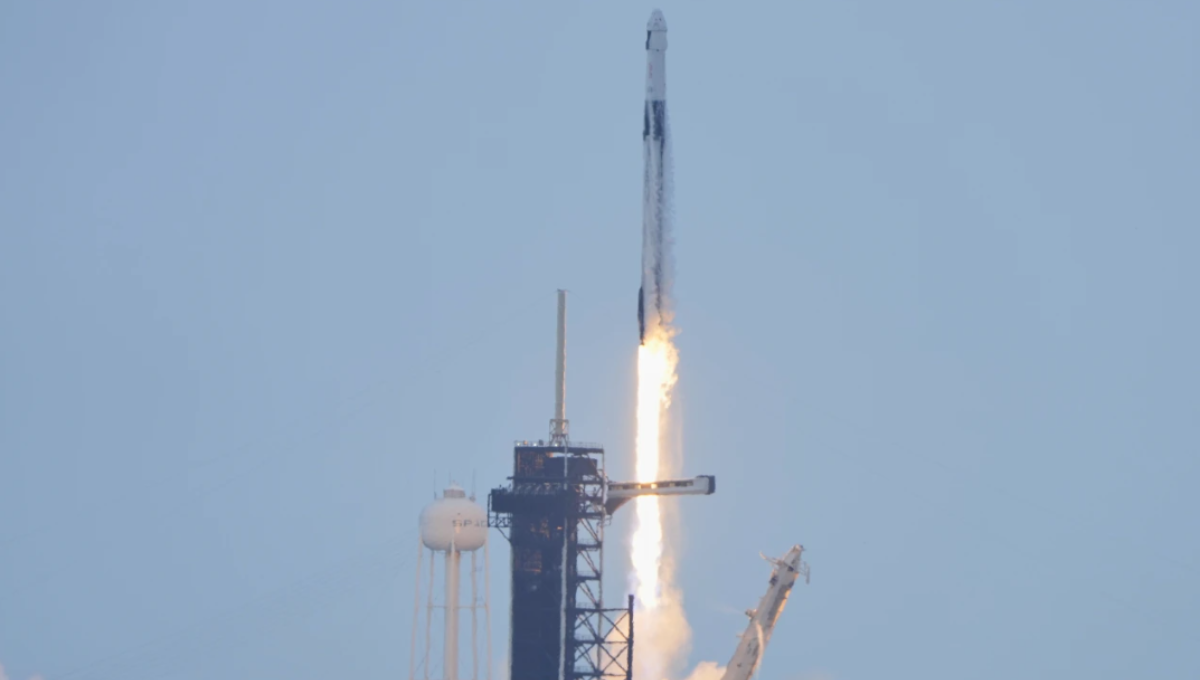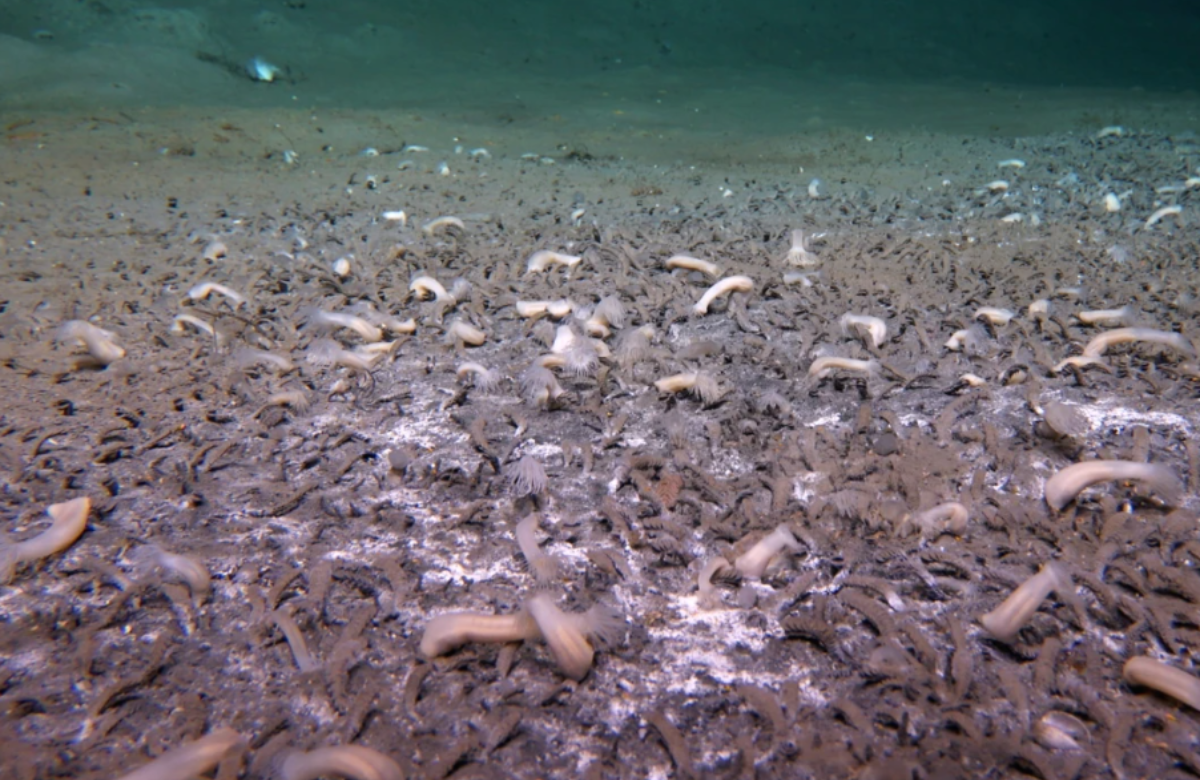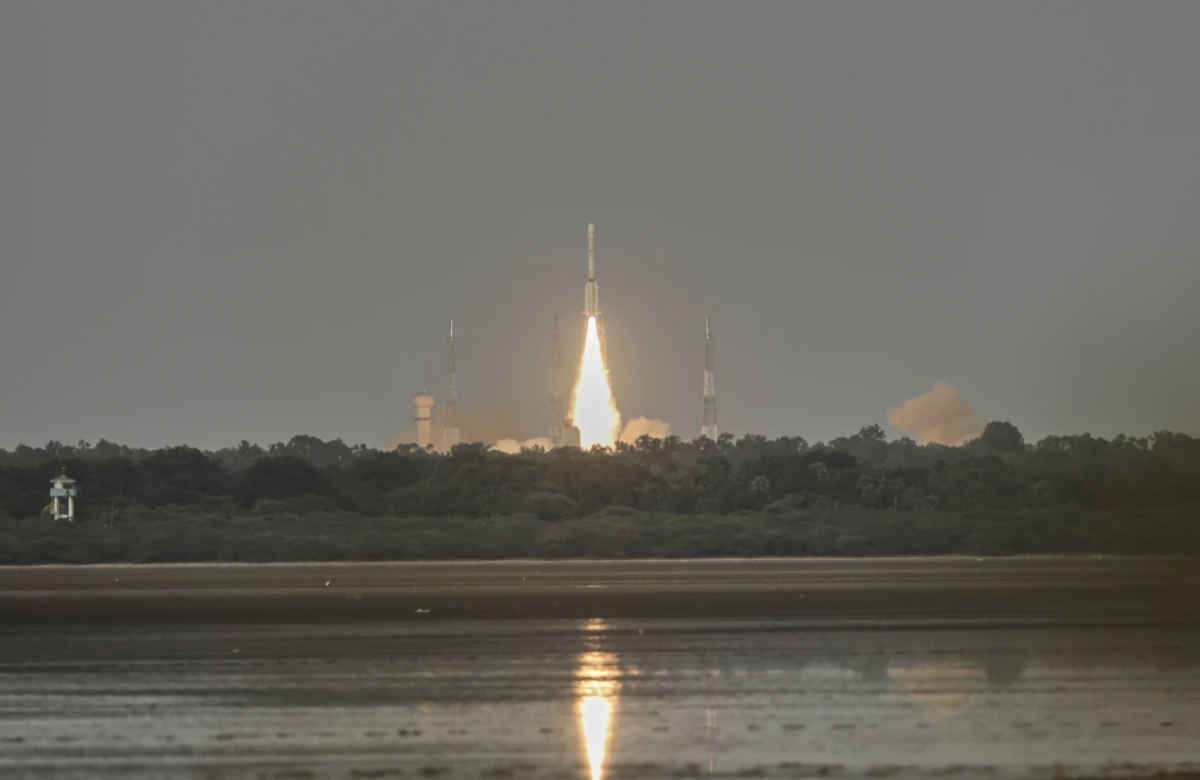China is preparing to send a flying robot to the far side of the moon next year as part of its Chang’e-7 mission. The robot, designed to search for frozen water, will be deployed to the lunar south pole. This mission is a key step in China’s broader space program, which aims to bring astronauts to the moon within the next five years.
This effort highlights China’s growing ambitions in space exploration, an area where countries like the United States are also increasingly focused due to scientific, resource-based, and national security interests.
While discovering water on the moon is not a new concept, China made headlines last year when its Chang’e-5 probe found water in lunar soil samples. NASA and India’s space agencies have also previously detected traces of water on the moon’s surface.
Some scientists argue that only ice, which is believed to be preserved in deep craters on the moon’s far side, could serve as a viable water source for future lunar missions. This search for lunar ice is a key part of China’s plans to establish a research base at the moon’s south pole, according to Chinese space experts speaking to state broadcaster CCTV.
Wu Weiren, the chief designer of China’s Lunar Exploration Project, shared with state broadcaster CCTV that there are deep caves at the moon’s south pole where water may be present. He expressed hope that the flying detector could inspect one or two of these caves after landing.
Chinese experts believe that discovering ice deposits could play a crucial role in supporting human life on the moon in the future. Such a discovery would also reduce the cost of space missions and open the possibility of extraterrestrial life.
However, other experts have noted that while the discovery of lunar water is promising for future exploration, it’s not yet clear whether it could be used to grow crops or provide drinkable water. These possibilities depend on factors like the abundance of water and the specific chemical forms it takes.
Flying robot
In recent years, the China National Space Administration has conducted a series of increasingly advanced robotic lunar missions, including last year’s historic return of lunar samples from the far side of the moon. The agency is aiming to become the second nation to land astronauts on the moon, with plans for its first crewed mission set for “by 2030.”
As part of its plan, the Chang’e-7 mission, set for 2026, aims to conduct the most comprehensive survey of the lunar south pole using an orbiter, lander, rover, and a flying detector.
The flying robot is designed to bend its legs and land in a manner similar to humans jumping from a height, according to Chinese experts, though they did not specify the number of legs it has. The robot is expected to make at least three leaps from sunlit areas to shadowed craters to perform detailed analyses and potentially determine the location, amount, and distribution of ice.
Research has shown that lunar ice is found in the darkest and coldest regions at the poles, within the shadows of craters where sunlight never reaches due to the tilt of the moon’s axis. The temperatures in these areas stay below negative-250 degrees Fahrenheit.
Tang Yuhua, the deputy chief designer of the Chang’e-7 mission, noted that these extreme conditions will present a major challenge for the flying robot. “Operating for a long period in such conditions is a significant test,” he said.



